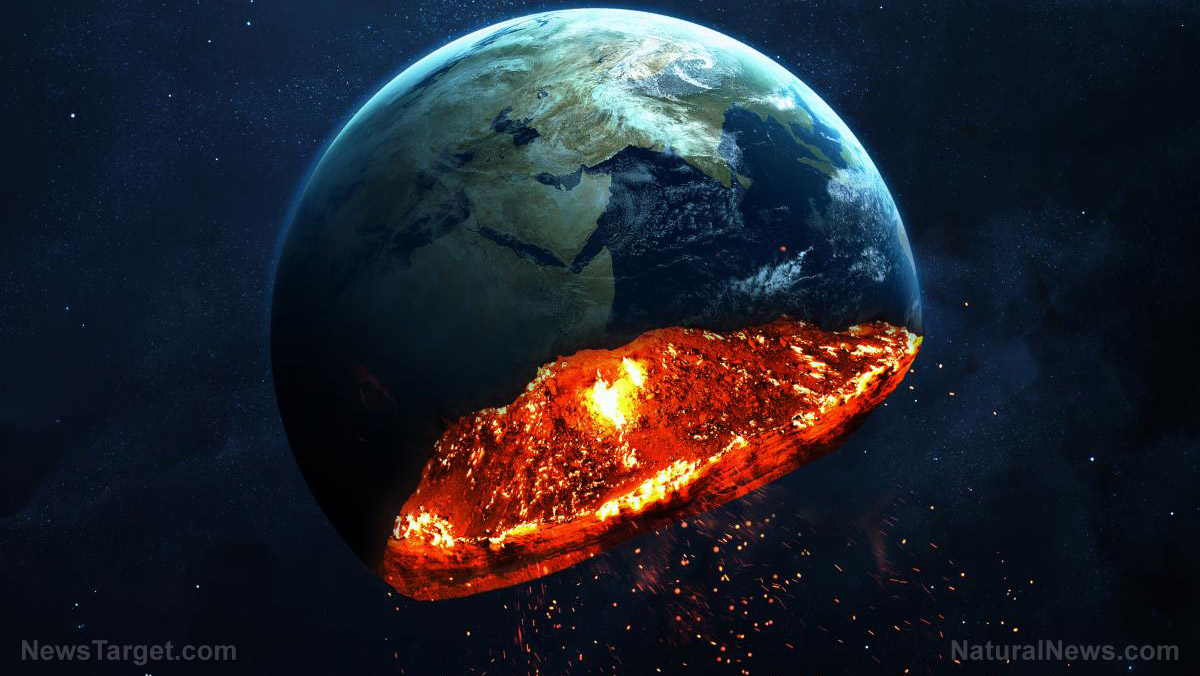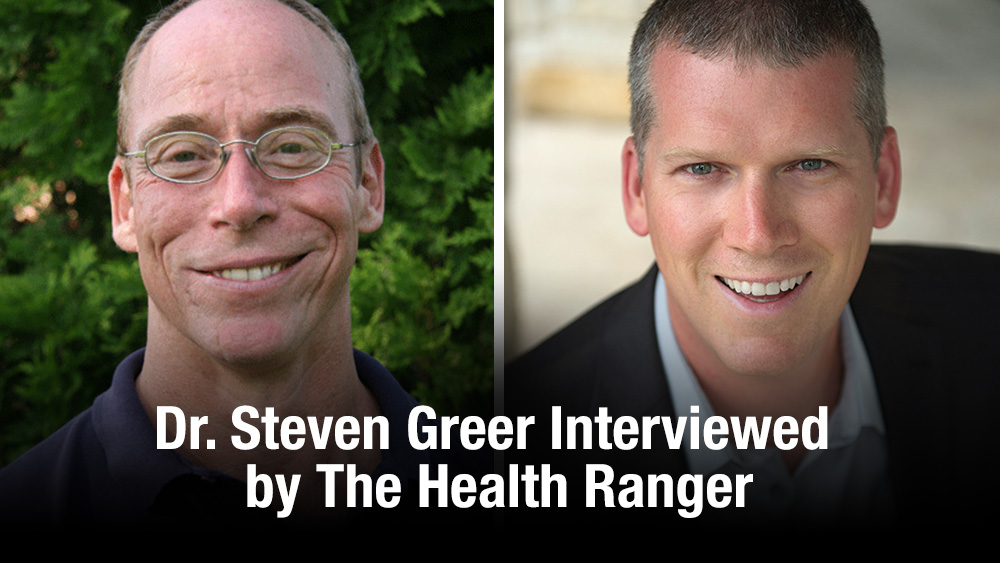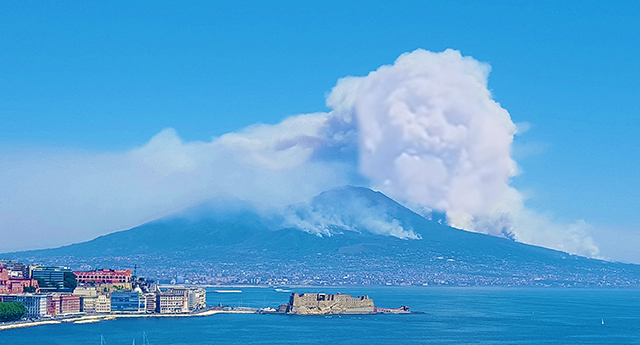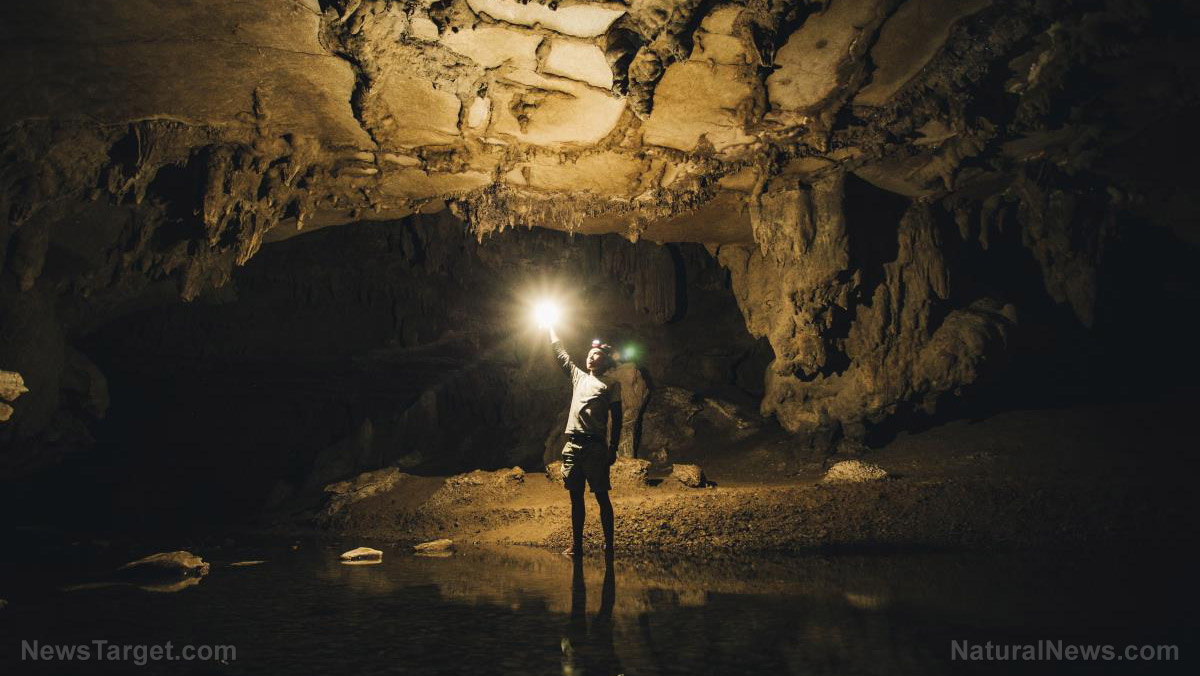Decided to survive? Make sure to avoid these common prepping mistakes and pitfalls – Part II
04/12/2017 / By JD Heyes

Deciding to become a prepper is not an easy decision. There is much involved, and not everyone gives ample consideration to the potential pitfalls and problems you can encounter once you’ve made the decision to become better prepared to face – whatever. A lot of times people just jump in with both feet thinking they know what they’re doing, only to discover some months later that all of their time and effort really hasn’t contributed much to their overall preparedness.
In Part I, we discussed a number of steps beginning and even seasoned preppers should take in order to avoid wasting time and money on a process that really is so important it could actually save your life in an emergency. We talked about not allowing the over-exaggerated 24-hour news cycle to force you into making bad prepping purchases and decisions; guarding against “fake news” that over-excites but does little to actually inform; looking out for scams; overspending on items you don’t really need and prepping for real-life scenarios that you could actually encounter. (RELATED: In plain sight: How to stay hidden during a crisis)
In Part II, we’ll examine additional things to watch for as you evolve in preparations to survive any number of circumstances, including natural- and manmade disasters, economic collapse and political turmoil (H/T Survival Prepper):
- Buying the right kinds of foods: There are several considerations to make when choosing the right foods to stockpile. You could buy cases upon cases of canned foods, and a good reference for which canned foods are best is here. But just buying canned foods really limits you in the long run, because even though they will last for a while, they won’t last as long as food specially made to store long-term – as in 12-15 years (and some even longer, if it’s properly stored in a cool, dry location). You don’t want to buy a big stash of food only to find out when you need it that it’s spoiled. Besides obtaining a much larger variety, long-term storable foods come in packaging that is generally more compact, meaning you can store more food in less space. And there are choices too, including organic foods that have been lab-verified to be non-GMO. Remember, you eat to sustain yourself; the better your long-term storable food, the healthier you’ll be.
- Not all advice is good: When it comes to prepping, you will find that there are many opinions about some of the same things – building shelters, growing and storing food, firearms, bugging out (or in), etc. So many voices can be distracting and confusing, but that said, having a lot of opinions to choose from is much better than having only a few or none at all. If you read enough and ask enough questions in the right forums online, for instance, you can begin to develop a consensus answer for the problem you’re attempting to solve. What’s the best survival food to grow at home? What materials are needed to build the best, quickest emergency shelter? What type of knife works well in which situation? “No one is more invested in your future than you,” notes Survival Prepper. “Make sure you are making decisions that you are comfortable with.”
- You can’t feed the neighborhood: Or clothe it. Or defend it. Or provide it with enough water to sustain itself. And yet, you may not have much choice. In an SHTF scenario, most people are going to panic. They will not have prepared at all, meaning they have nothing stored in their homes beyond what they have in their cupboards when the emergency hits. They won’t be able to find much at the local grocery stores which will either be picked clean quickly or taken over by local government (or armed gangs). They will become very, very desperate – people who you used to visit with but who will turn into people you don’t recognize (because fear, thirst and hunger change people). If they know you’ve prepared – stocked up on food, water, gear and provisions, they will come for it at some point. At first they may ask, but then, as hunger and desperation set it, they’ll demand it. Many will be willing to fight you for it. But if they don’t know you’ve got a supply of food, water and provisions, you are far less likely to have to deal with this threat. So keep your preparations to yourself; don’t advertise on social media or brag to friends and neighbors. (RELATED: Master These 7 Basic Skills Before SHTF… Or You’ll Wind Up Begging The Government For Basic Supplies)
- ‘Gotta have it?’: There are so many of these scams on the Internet you really have to be careful. The coolest whiz-bang gadget is worthless to you if you don’t know how to use it or it just isn’t suitable for your situation. By all means, if there is gear on the market you believe will help you and yours, get it; just make sure you can use it and it has a specific purpose related to your unique survival needs.
- Back to the basics: Sometimes, bigger isn’t better. If you’ve got a rudimentary knowledge of firearms, you don’t need to spend $1,000 on a high-powered rifle used for sniping. If you’re bugging out there is no sense in purchasing a mega-kilowatt gasoline generator because you can’t take it with you. You don’t need IVs and sutures if all you can do is basic wound care and bandaging. Study your personal situation; determine what needs you will have; prep for your situation and your needs. Keep it as simple as possible and you’ll dramatically increase your chances of making it through the next emergency.
Click here for Part I.
J.D. Heyes is a senior writer for NaturalNews.com and NewsTarget.com, as well as editor of The National Sentinel.
Sources:
Tagged Under: civil unrest, Collapse, prepping, SHTF, survival



















